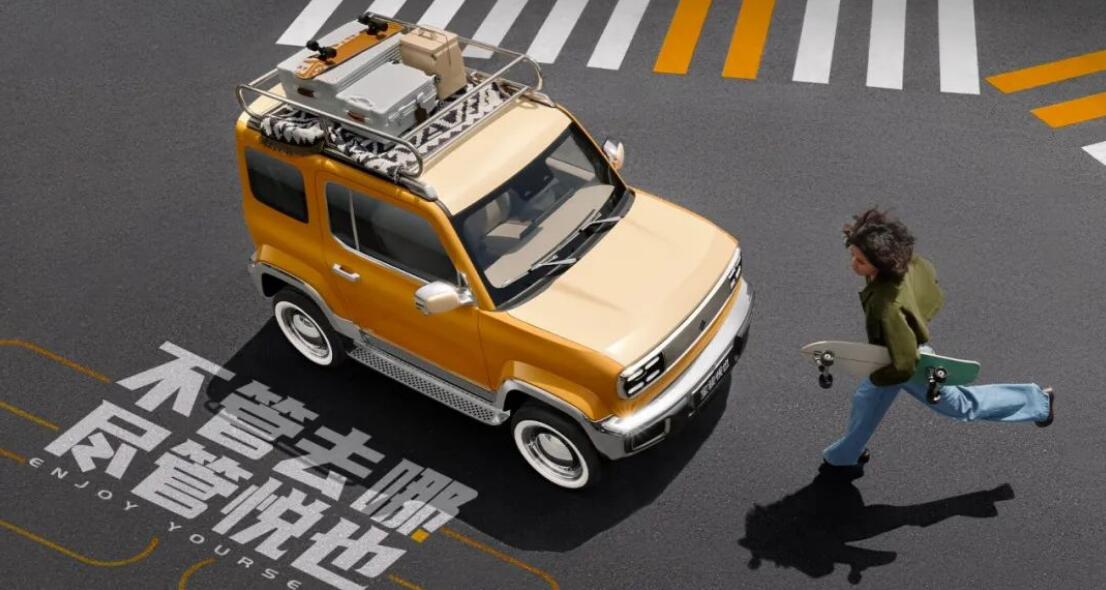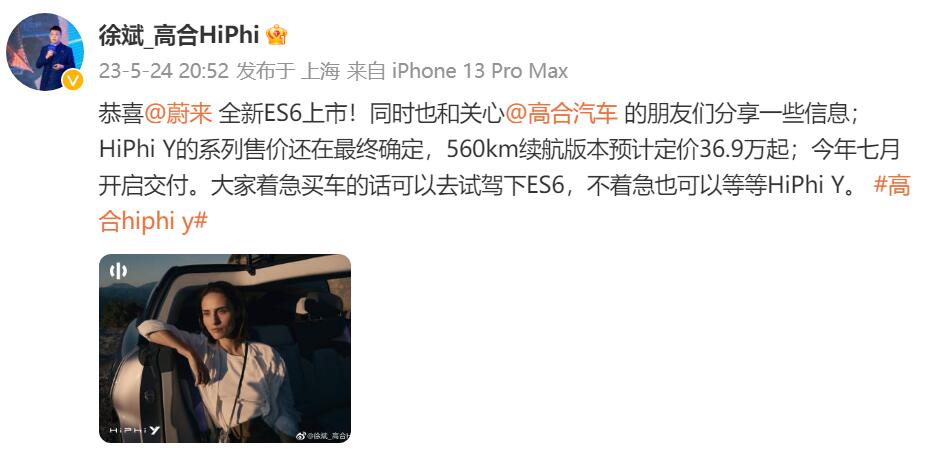NIO's cumulative sales so far this month were around 5,300 units, with the company launching and starting deliveries of the new ES6 on May 24.

For the week of May 22 to May 28, Li Auto (NASDAQ: LI) sold 7,100 vehicles, continuing to lead among China's new car brands, the company said today on Weibo.
Li Auto didn't explain what that sales volume was based on, but apparently, they were insurance registrations. The company had suspended sharing those numbers earlier this month, but has now resumed sharing them.
Last week's numbers mean that Li Auto sold 25,413 vehicles from May 1 to May 28. In the first three weeks of May, Li Auto's numbers were 4,543, 6,670 and 7,100 vehicles.
Li Auto is currently untroubled by the product switch, and its founder, chairman and CEO Li Xiang said on Weibo on May 24 that the company's five-seat SUV, Li L7, is expected to reach 20,000 monthly sales in October.
All of Li Auto's models currently on sale are extended-range electric vehicles (EREVs), with the other two models being the six-seat Li L9 and Li L8.
NIO (NYSE: NIO) sold 1,600 units last week, according to figures shared by Li Auto.
This means that NIO's cumulative sales for the month through last week were about 5,300 units. NIO's numbers for the first three weeks of May were 1,100, 1,200 and 1,400 units, respectively.
NIO officially launched the new ES6 on May 24, after the wait for the model by potential consumers seemed to have been holding down its sales.
Deliveries of the new ES6 began on the evening of May 24, although the vehicles were produced by NIO in advance rather than customized by consumers to their liking.
NIO began production of the new ES6 based on designer-recommended configuration combinations, and if consumers purchase these vehicles, official deliveries will begin on May 25, according to a May 24 post on the NIO App.
Consumers who wish to customize the vehicles can lock in their orders in the NIO App, and deliveries will begin in mid-June.
XPeng (NYSE: XPEV) vehicles sold 2,100 units last week, up from 1,500 units the week before. The numbers were 870 and 1,500 in the first two weeks of May, respectively.
Since May 1, XPeng vehicles have sold 5,970 units this month.
Tesla (NASDAQ: TSLA) sold 12,800 units in China last week, up from 10,200 the week before, according to figures shared by Li Auto.

That figure for Tesla was 5,928 and 9,990 in the first two weeks of May and 38,918 cumulatively so far this month.
Zeekr was at 1,900 last week, down from 2,000 the week before and up from 1,500 in the second week of May. Its numbers for the first week of May are not available.
Neta sold 2,100 units last week, up from 1,500 the week before. That figure was 1,000 and 1,700 units in the first two weeks of May, for a cumulative total of 6,300 units so far this month.
Leapmotor sold 3,600 units last week, up from 3,000 the week before. That figure was 2,200 and 2,500 units in the first two weeks of May, and 11,300 units so far this month.
China NEV insurance registrations for week ending May 21: Li Auto 7,100, XPeng 1,500, NIO 1,400
The post China NEV insurance registrations for week ending May 28: Li Auto 7,100, XPeng 2,100, NIO 1,600 appeared first on CnEVPost.
For more articles, please visit CnEVPost.


















